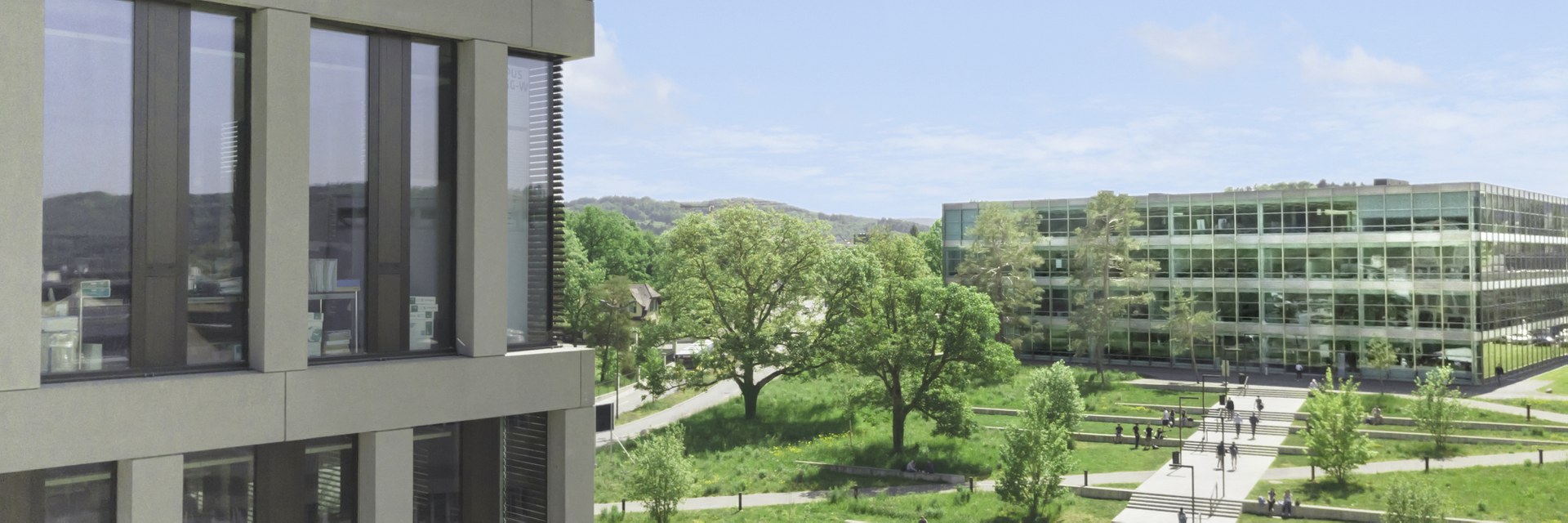
Robot-Assisted Additive Manufacturing
Robot-assisted additive manufacturing is a relatively novel but promising technology for economically producing even larger plastic components.
Background
Fused Filament Fabrication (FFF) is one of the commonly used additive manufacturing process, but limited to the part size and the availability of polymer filaments. Robot-assisted additive manufacturing or Extrusion Deposition Additive Manufacturing (EDAM) offers the possibility to produce bigger parts in a cost- and time-efficient manner. As feedstock, polymer granules are used which are melted in an extruder mounted on the flange of a robot. The molten polymeric material is then deposited through a nozzle on a build platform. To generate the printed layer, the nozzle is moved relative to the build platform by the robot to enable a controlled deposition of the extruded material. In this way, the part is created layer-by-layer.

The robot extruder made by CEAD B.V. installed on ABB robots at the Institute of Polymer Engineering. (Photo: FHNW)
Goals
With the introduction of the EDAM process, the Institute of Polymer Engineering has expanded and strengthen its expertise in additive manufacturing as well as its collaboration with the Institute of Automation. To meet the industries future needs in terms of industrial digitalization (Industry 4.0) the EDAM process perfectly complements the education and applied research projects at the FHNW. To be able to fabricate complex parts for prototypes, low series production in a short amount of time or to test new developed materials like short fibre reinforced polymers, biobased polymers or recycled compounds the EDAM process can be applied for further projects.
Results
In the frame of a master thesis the realisation of the EDAM process, a stand-alone pellet extruder (called Robot Extruder) from the company CEAD B.V. (Illustration 1) was selected and implemented in the ABB robot system at the Institute of Polymer Engineering. The preparation of the printing process for a part was done offline using the ABB RobotStudio® software with the 3D Printing PowerPac Add-In. The first test parts have already been successfully printed with the Robot Extruder and the mechanical as well as optical properties determined.
In addition, the handling of the different robot tools was also optimised, so a tool holder with a corresponding semi-automatic tool change procedure for the robot cell was developed and implemented.
Project Information | |
| Client | |
| Execution | |
| Duration | 12 months |
| Funding | Masterthesis based on the Master of Science in Engineering (MSE) |
| Project Team | Prof. Dr. Christian Brauner, Christoph Maurer |
